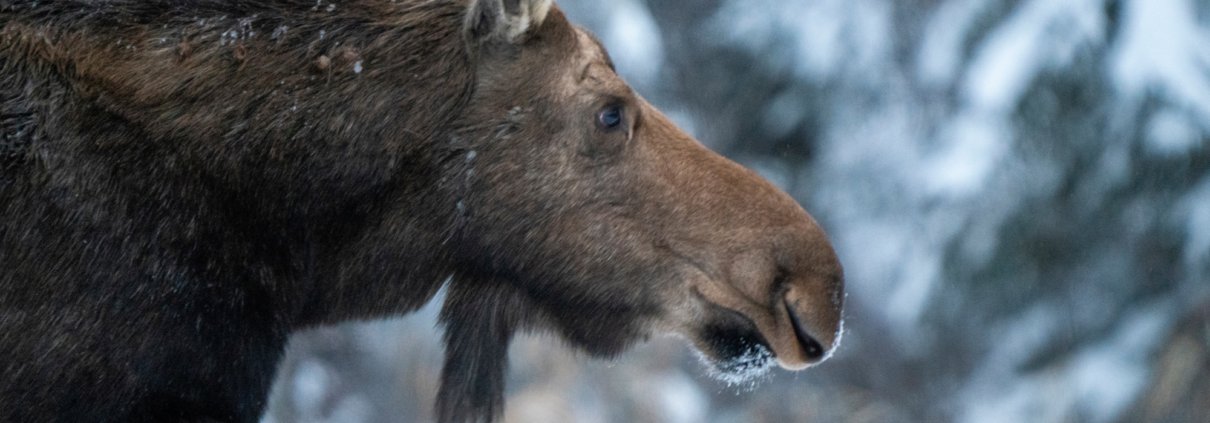The Seal River Isn’t a Stage — and CPAWS Isn’t the Star
There’s a growing sense of betrayal in Manitoba’s Seal River region — a place so remote and pristine, most Canadians will never lay eyes on it. But the people who live and work there have cared for it every day, for decades. And they’re watching now as national and international groups try to claim the spotlight — and the land — in the name of conservation.
At the heart of this tension is CPAWS, the Canadian Parks and Wilderness Society, a group now loudly declaring its support for protecting the Seal River Watershed. On the surface, that may sound noble. But ask anyone who’s actually been there — who’s lived there, worked there, partnered with the Indigenous communities — and you’ll hear a very different story.
One of the most prominent voices is Gangler’s North Seal River Lodge, the largest tourism operator in the region. For over 40 years, the Gangler family has run fishing, eco-tourism, and hunting operations in deep partnership with local Indigenous communities. They’ve employed three generations of Indigenous workers, provided access to winter camps for caribou hunting, and have quietly helped preserve the region not with politics or press releases — but with presence, respect, and relationship.
And yet, CPAWS now claims to speak for the region’s outfitters and stakeholders, despite never having contacted Gangler’s Lodge — or many others who’ve spent their lives on this land.
Why now?
It’s hard to ignore the timing. The Indigenous-led Seal River Watershed Alliance (SRWA) has made remarkable progress on its own terms, uniting communities around a shared vision for stewardship. Meanwhile, CPAWS is suddenly pushing hard to frame the region within the UN’s 30×30 initiative — a global campaign to lock up 30% of the world’s land and water by 2030, often under the banner of climate action.
But this agenda is not without consequences.
Across Canada and around the world, 30×30 has become a backdoor for governments and NGOs to seize control of land, often under the pretense of environmentalism. In too many cases, it displaces the very people who have protected those lands for generations. The risk here is that Indigenous communities and local stakeholders like Gangler’s Lodge will be sidelined, as decision-making shifts from those on the ground to bureaucrats and activists who know little about the land beyond maps and metrics.
This isn’t protection — it’s politicized preservation, and it too often becomes a land grab dressed up as virtue.
The Seal River doesn’t need outside saviors. It already has stewards. People who have lived and worked with the land, not in spite of it. People like those at Gangler’s Lodge — who didn’t need a UN resolution to know what responsibility looks like.
If CPAWS and others truly support Indigenous sovereignty and environmental integrity, they should step back. Let the SRWA continue leading. Let local communities and real stakeholders speak for themselves. And stop using global agendas to rewrite local realities.
Because this isn’t just about conservation. It’s about control — and who gets to keep their place on the land they’ve always called home.



